Display cases in cultural museums play a crucial role
Display cases in cultural museums play a crucial role in showcasing and protecting valuable artifacts and exhibits. Here are some key aspects of cultural museum display cases:
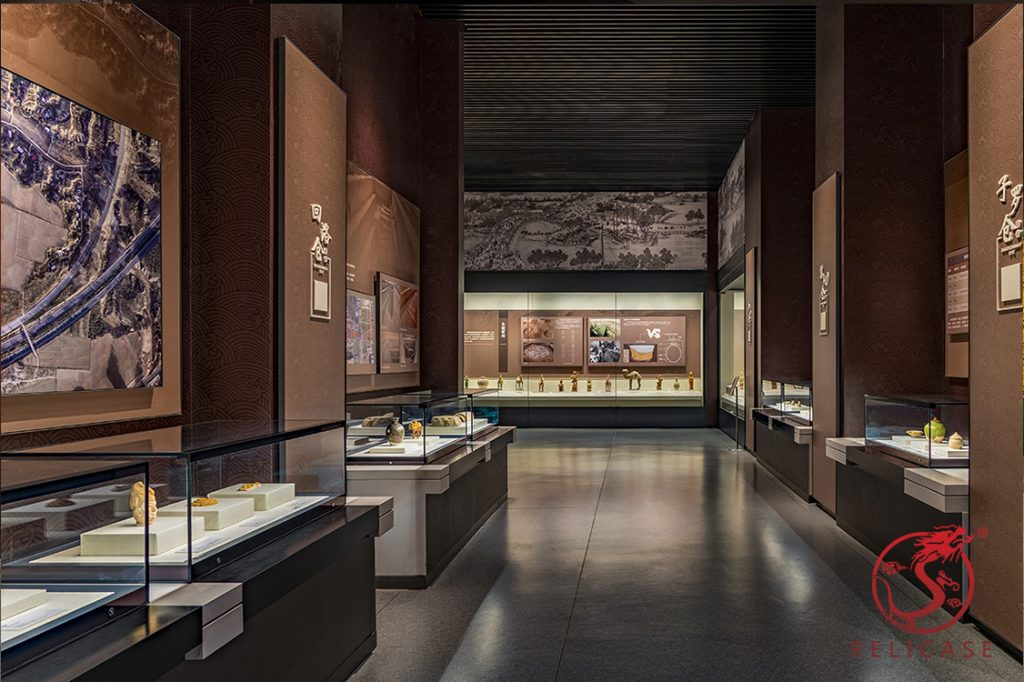
Material and Construction: Display cases are typically constructed using high-quality materials that are durable and resistant to environmental factors. Common materials include glass, acrylic, metal, and wood. The choice of material depends on factors such as the type of artifacts being displayed, the desired level of security, and aesthetic considerations.
Protection and Conservation: Display cases are designed to protect artifacts from physical damage, dust, UV light, humidity, and fluctuations in temperature. They provide a controlled environment that helps preserve the integrity and longevity of the displayed items. Display cases may have features such as sealed enclosures, climate control systems, and UV-filtering glass or acrylic panels.
Security and Access: Cultural museum display cases are often equipped with security measures to prevent unauthorized access and theft. This can include locks, alarms, and surveillance systems. Additionally, display cases may have adjustable shelves, removable panels, or other features that allow curators or conservationists to access and maintain the artifacts.
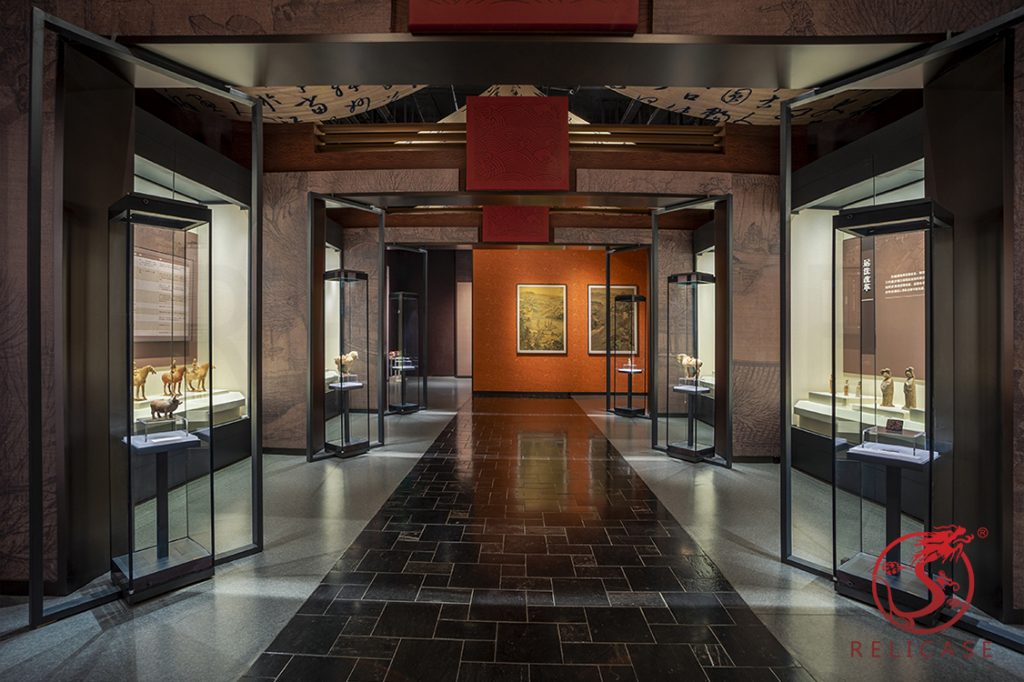
Lighting and Visibility: Adequate lighting is crucial for enhancing the visibility of artifacts and creating an appealing display. Display cases may have built-in lighting systems, such as LED lights, that provide optimal illumination without causing damage to the objects. Lighting can be adjustable to highlight specific details or create different atmospheres within the exhibition.
Flexibility and Customization: Display cases are often designed to be versatile and adaptable to different types and sizes of artifacts. They can be customized to fit the specific needs of each exhibit. Display case interiors may have adjustable shelving, platforms, or other features that can be modified to accommodate various object dimensions or arrangements.
Aesthetic Considerations: Cultural museum display cases are designed to complement the overall aesthetics of the exhibition space while ensuring that the focus remains on the artifacts. The choice of materials, finishes, and styles of the display cases is often made to harmonize with the museum’s design theme and enhance the visitor’s experience.
It’s important to note that display case design and specifications can vary significantly depending on the specific requirements of each museum and the nature of the artifacts being displayed. For detailed information about the display cases in a particular cultural museum, it’s best to consult the museum directly or refer to their official documentation.

Museum Showcase Excellence: How Relicase Brought Ancient Shu Treasures to 300,000+ Visitors
Over 300,000 Visitors!Ancient Treasures of Shu Shine in Hengqin: The Mystique of Sanxingdui and Jinsha Captivates Audiences The special exhibition Ancient Treasures of Shu: Sanxingdui and Jinsha attracted more than 300,000 visitors, including nearly 60,000 from Hong Kong, Macau, and Taiwan, making up almost 20% of the total audience. On April 24, the three-month exhibition…
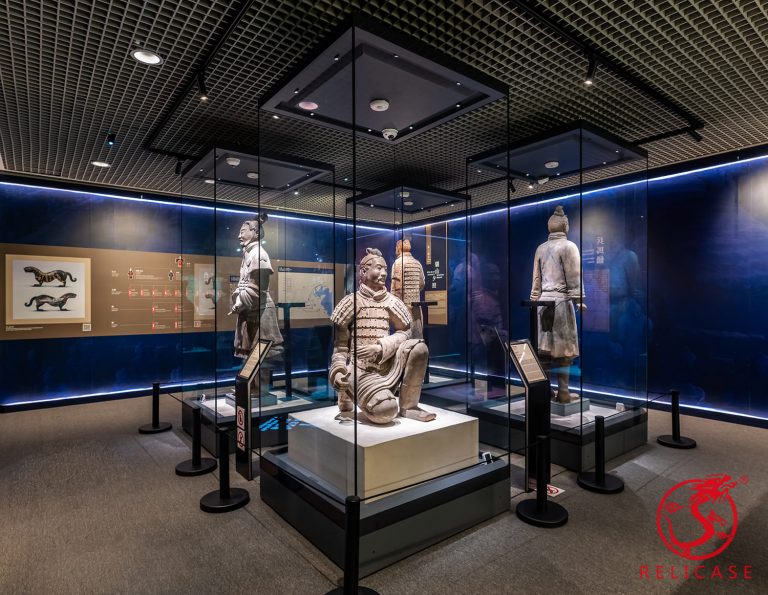
Relicase at Macau Museum: Safeguarding Heritage, Celebrating Legacy
Macau Museum: “Edification of the Masses — Cultural Treasures from the Zhou, Qin, Han, and Tang Dynasties” A Landmark Embraces Innovation The Macau Museum stands proudly atop the historic Mount Fortress, next to the famous Ruins of St. Paul’s. As an iconic symbol of Macau’s history and multicultural heritage, it now embraces the touch of…
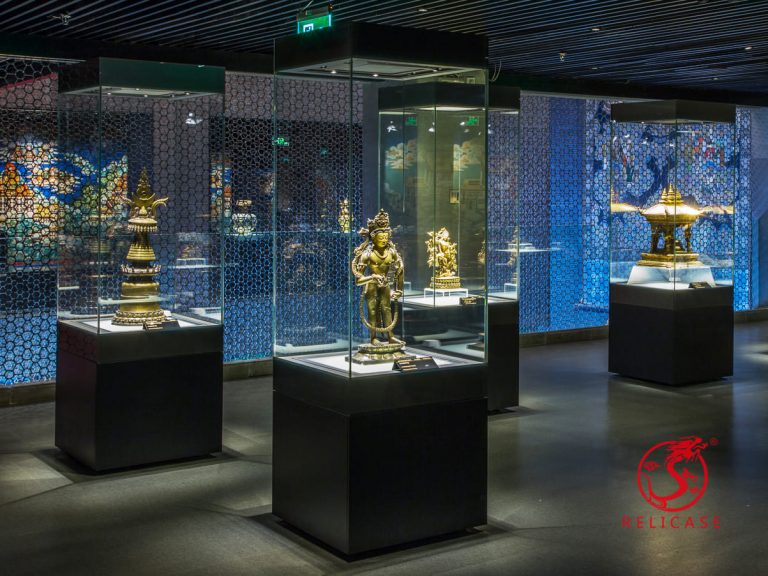
Potala Palace
Abstract On April 26, 2017, Relicase completed the showcase project for the Treasure Hall of the Potala Palace in Tibet. The Collections Hall spans three floors and is divided into two major sections, showcasing a total of 273 individual artifacts and replicas, as well as 155 sets of artifacts (or 159 sets, including 147 sets…
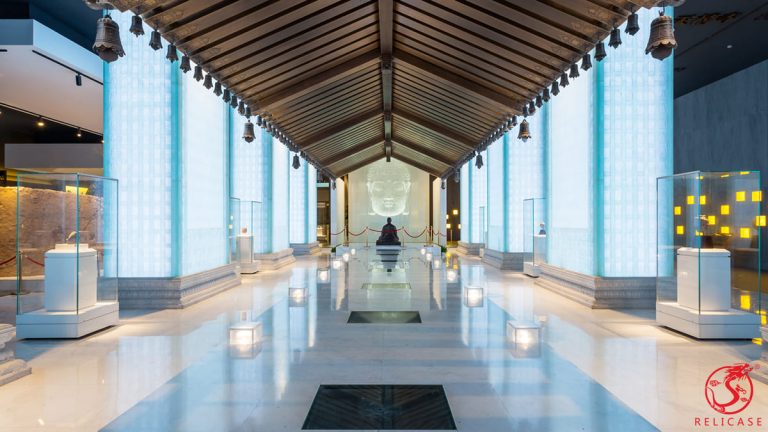
Porcelain Tower of Nanjing
Abstract The Porcelain Tower of Nanjing, named and constructed by Emperor Yongle of the Ming Dynasty to honor his parents’ boundless love and virtue, stands as a symbol of filial piety. Celebrated in Du Mu’s poetic lines, “Four hundred and eighty temples of the Southern Dynasties, how many pavilions linger in the mist and rain,”…
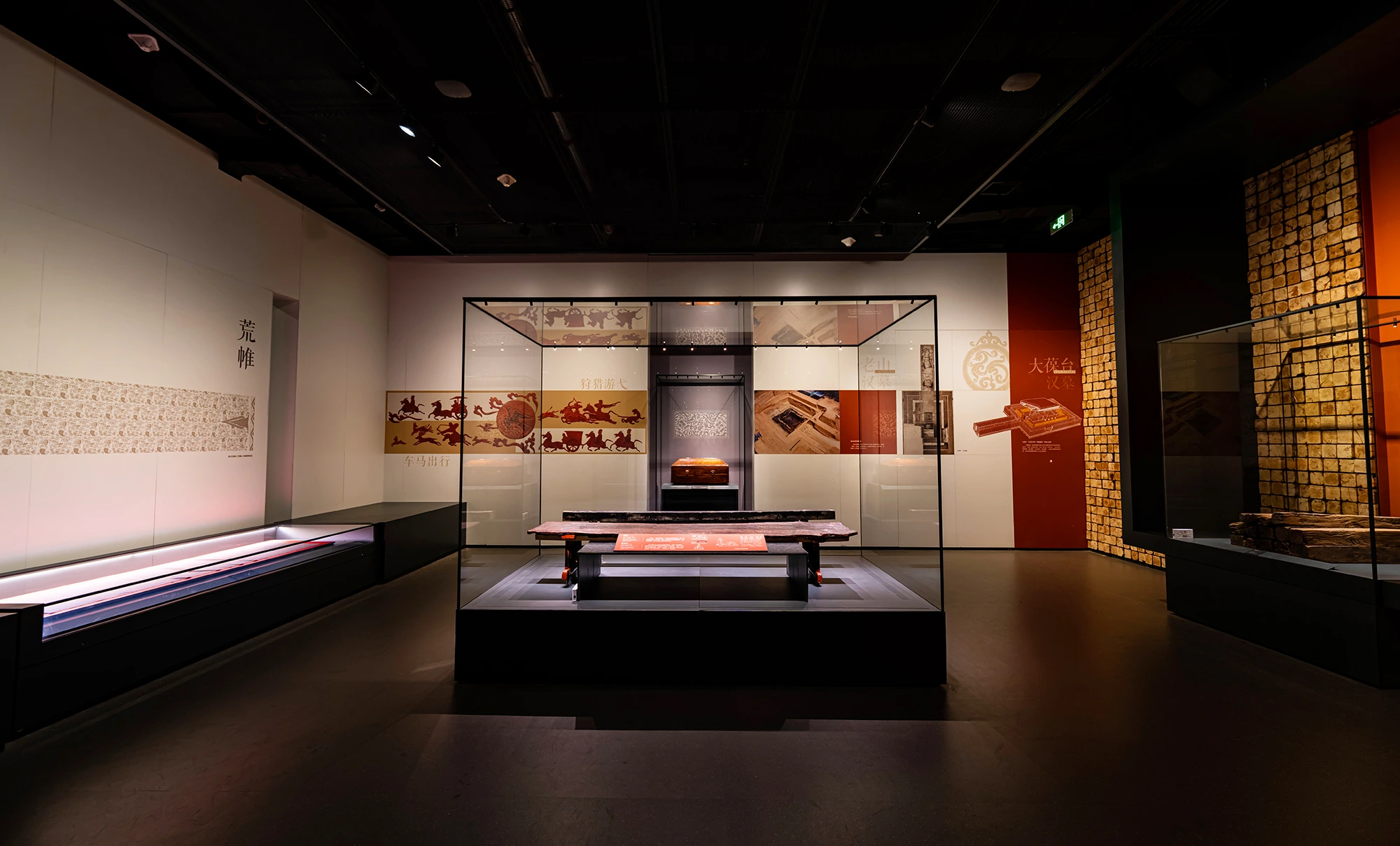
The basic guide to Museum Showcase Glass
As museums continue to modernize, the glass used in display cases has undergone a remarkable transformation to meet ever-evolving requirements for safety, visibility, and artifact preservation. The shift from basic transparent materials to specialized, high-performance glass highlights the strides made in exhibition technology. The Journey of Museum Showcase Glass Historically, glass in museum showcases was…

How to Design Lighting for Museum Display Cases
Museum display cases are freestanding, touchable structures. To comply with engineering safety standards, the lighting inside these cases should operate on low-voltage input. Relicase, in line with national standards, ensures the display cases they manufacture meet the following specifications: 1. Protective or isolating measures must be in place between the lighting fixtures and the display…
